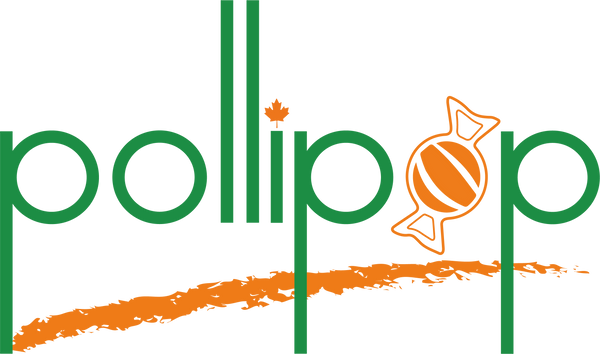POLLIPOP maple lollipop has a large body with unique Moosehead and Maple leaf shapes, and the lollipop is easy to break and absorb moisture. Therefore, stamped PETG is used as the packaging container.
As an ordinary consumer, it is basically impossible to see the difference between the PETG POLLIPOP maple lollipop uses and the PVC some similar products use. Because PETG and PVC look almost the same in appearance.
PETG (Polyethylene terephthalate glycol) can simply be thought of as PET with glycol added. The addition of glycol allows the material to be slightly more flexible.
PVC (Polyvinyl chloride) is the second most used plastic on the planet, which has good shrinking qualities, as well as clear and precise rendering, in addition to being very transparent.
PETG is more expensive than PVC, but it has many benefits which make it is commonly used for food products.
- High impact and chemical resistance
- Durability
- Full recyclability
- No BPA
- Easy to mold and thermoform
- No waste materials, byproducts, or toxic fumes or odors
- Low smoke density and toxicity
- Low forming temperatures
- Easy cleaning
PVC is resistant to oil, chemicals, and other forms of damage. But the problem with PVC is that its manufacturing byproducts can be toxic to humans. It’s the least environmentally friendly of all plastic packaging options, though it can be recycled and turned into building materials. At present, PVC is not recommended to be used as a food packaging material in many countries. However, due to various reasons, PVC materials have not been banned to be used to package food.
POLLIPOP is committed to providing higher quality maple candy and maple lollipop to customers, so we must choose safer packaging materials.

